Advertisements
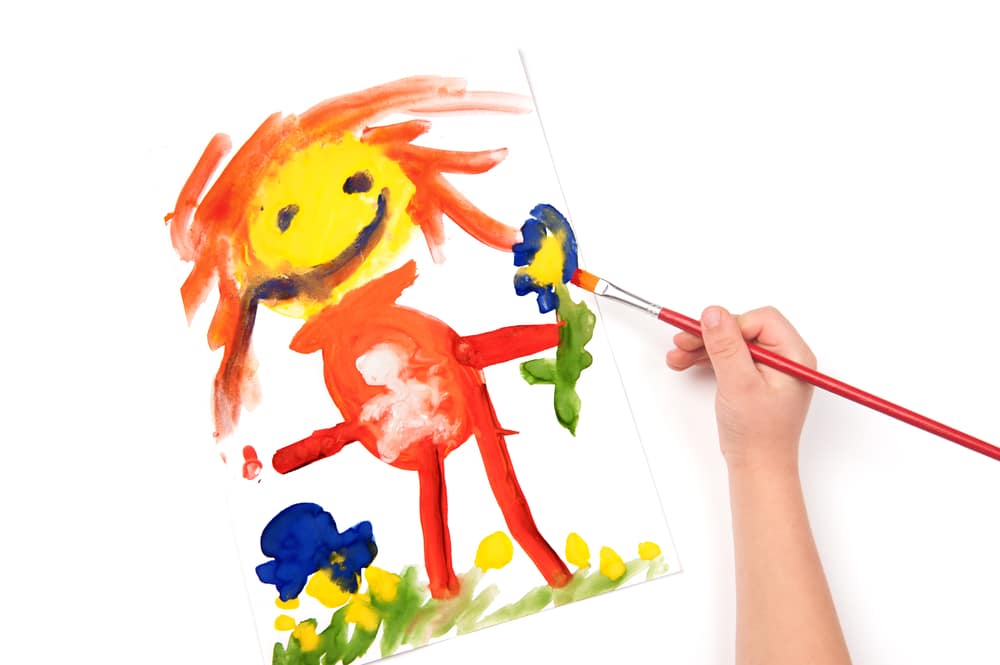
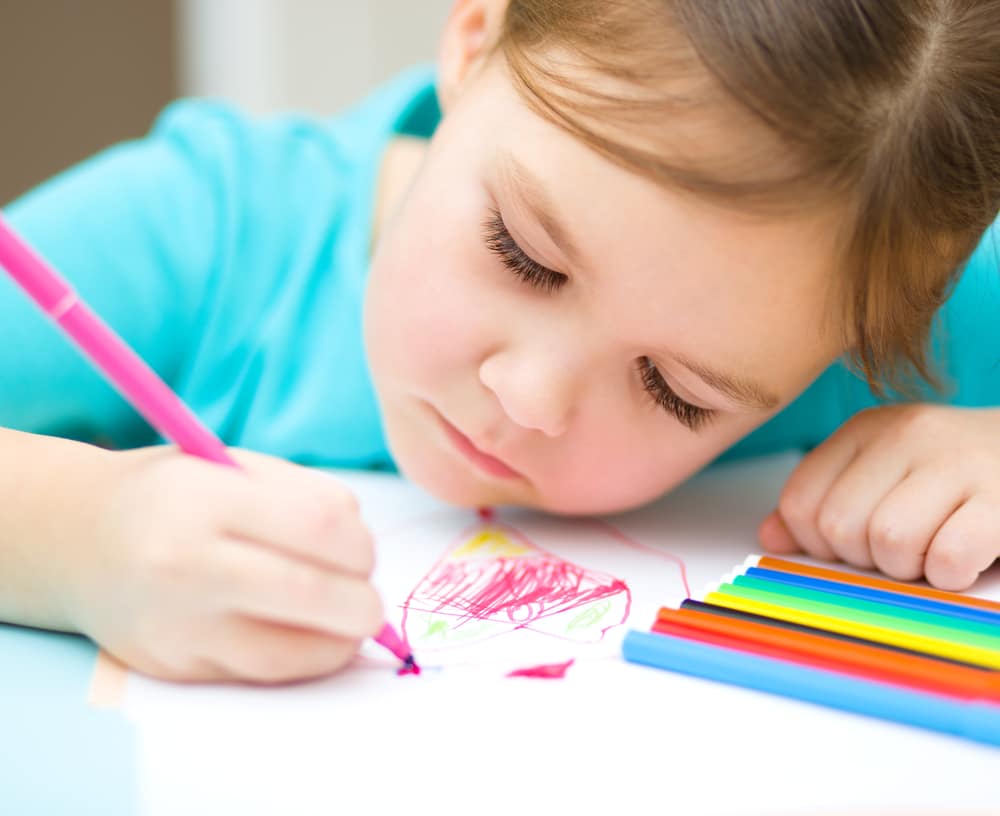
Phases of Drawing
We can differentiate between three stages of drawing skills for children. This useful article details them even more.- Scribbling stage – between the ages of 18 months and 3 years
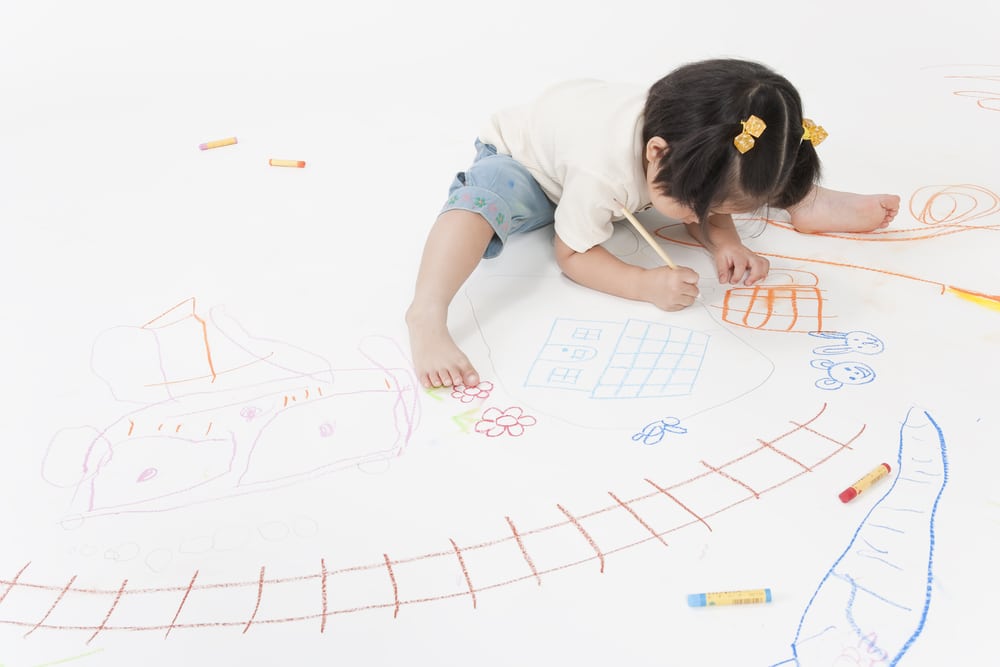
- Pre-Schematic stage – between the ages of 2 and 4 years
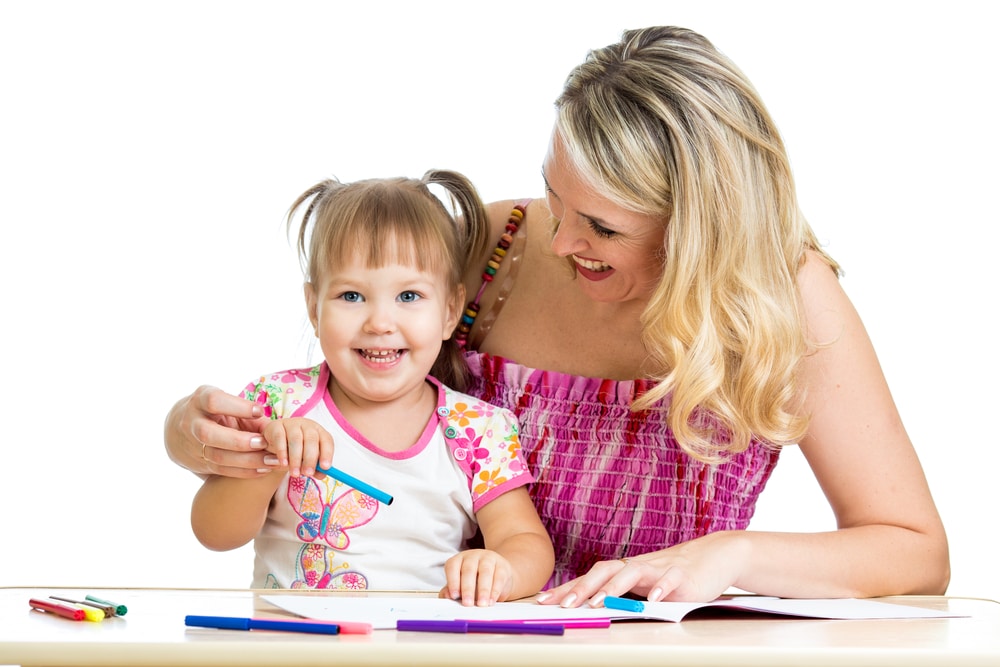
- Schematic stage – between the ages of 5 to 8 years
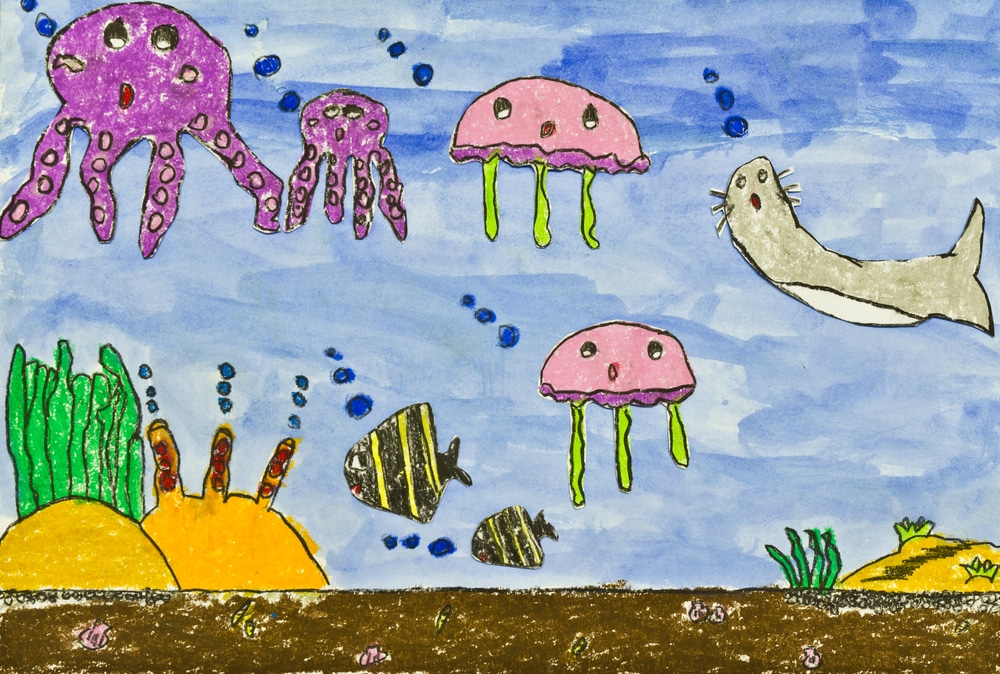
The Importance Of Picking Colors And Gender
This might seem stereotypical, but children tend to prefer drawing their gender. There might be exceptions, of course, but generally, this is the observation. Girls characteristically use warmer colors and rounder shapes when picturing something. Flowers, balls, feminine clothing, rainbows and animals might appear more often than anything else. They also tend to use more colors in general! Boys, on the other hand, gravitate towards straight lines and orderly shapes. Buildings, cars, geometrical objects are the go-to subject for them to draw. They seem to enjoy cooler color tones more, and utilize them less than girls, preferring to detail out their drawing by simple colors.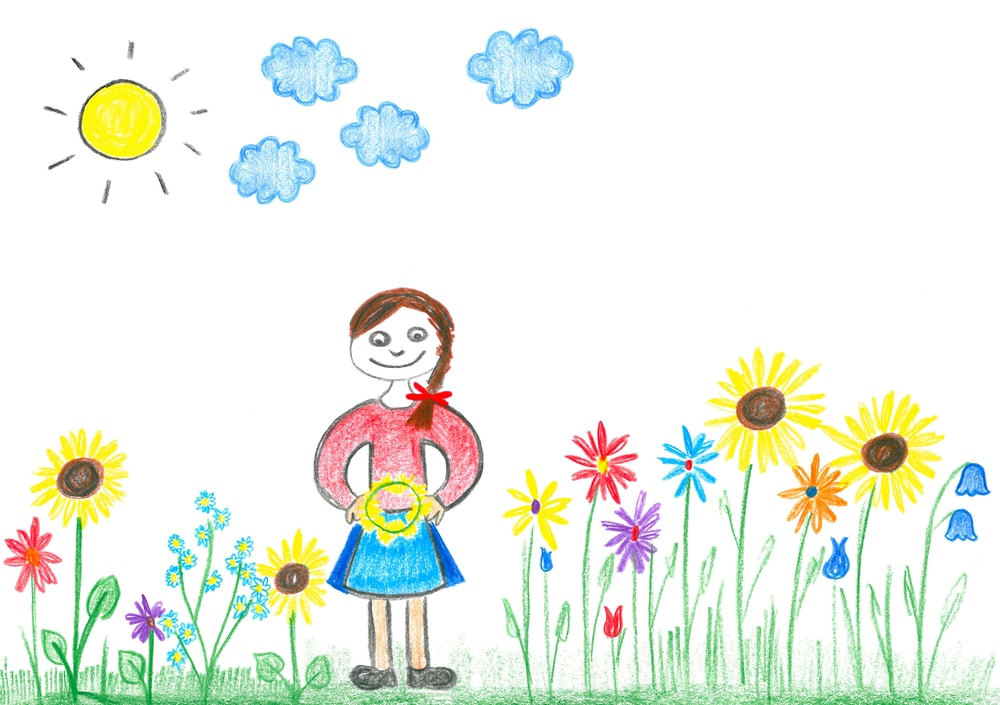
There can be a hidden meaning behind the choice of color in the drawings:
- Dark, deep colors – these might be favored by children who tend to have a dominant personality (especially the color black). They can be a bit headstrong and demanding.
- Blue – children who prefer this color are generally thought to be more extroverted and open to show affection.
- Red – hands down the most preferred color of children. This color shows excitement and an eagerness to express and explore.
- Pink – girls gravitate towards this color, especially those who need a bit of extra attention and care.
- Green – the color preferred by imaginative children who have an artistic streak and who like to spend time on their own.
- Yellow – this color is used by children who have a positive outlook on life and are generally intelligent.
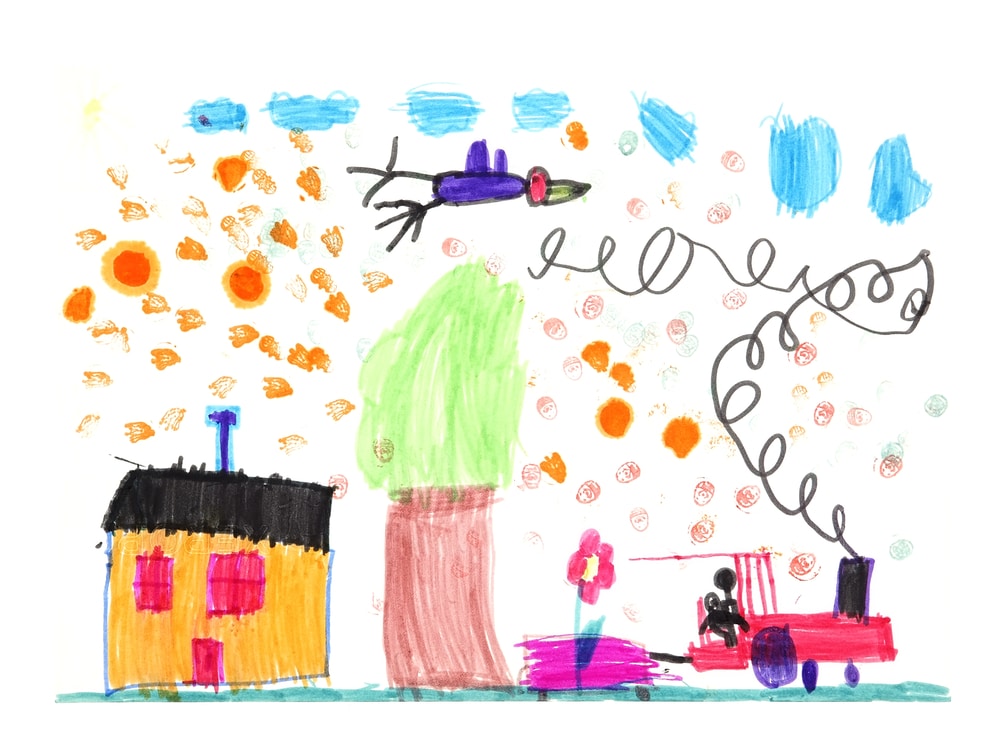
Positions On Paper
Children place figures on paper based on their subconscious thoughts. But that doesn’t mean they don’t share some form of information about their state of mind! Left side – drawings placed here are usually connected to the past. Things that have happened already, things that remind the child of a time of nurture. The left side can be linked to the motherly figure in their lives. Right side – drawings on this side are about expectations of the future, things the child wants to say out loud or otherwise communicate. This side is related to the father figure. Big drawing – a confidently placed drawing in the middle of the paper is a good sign of a happy, balanced child. Small drawing – drawing on the corners of a paper in small scribbles is a serious sign of an insecure child who might feel incomplete emotionally.Emotional Art, Revealing Thoughts
There are obvious and obscure meanings to any drawing a child can make. Don’t be too quick to deduct anything from these, before the children themselves can explain what they had in mind, though! If they are afraid of opening up, don’t press the matter. Instead, we will explain some pointers to help you understand and communicate with them, if necessary.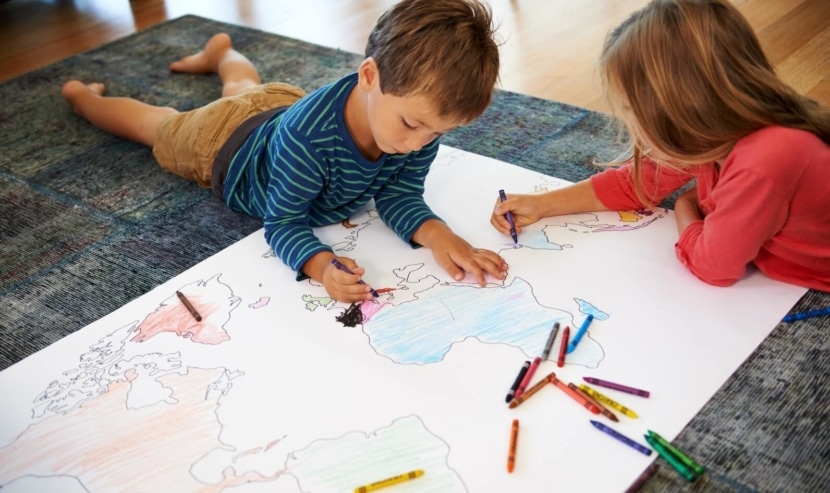
- Overdoing details on drawings can be a sign of children who feel pressured to do more.
- Thick, bold lines, are a sign of anxiety and stress, especially if they are filling up the whole space on the paper. Even if there is no evident concern, these suggest a determined, heated state of mind.
- The way lines are drawn – light strokes, unsure lines hint at a child who is insecure and has trouble thinking ahead. A strong, confidently drawn line is the sign of contentment.
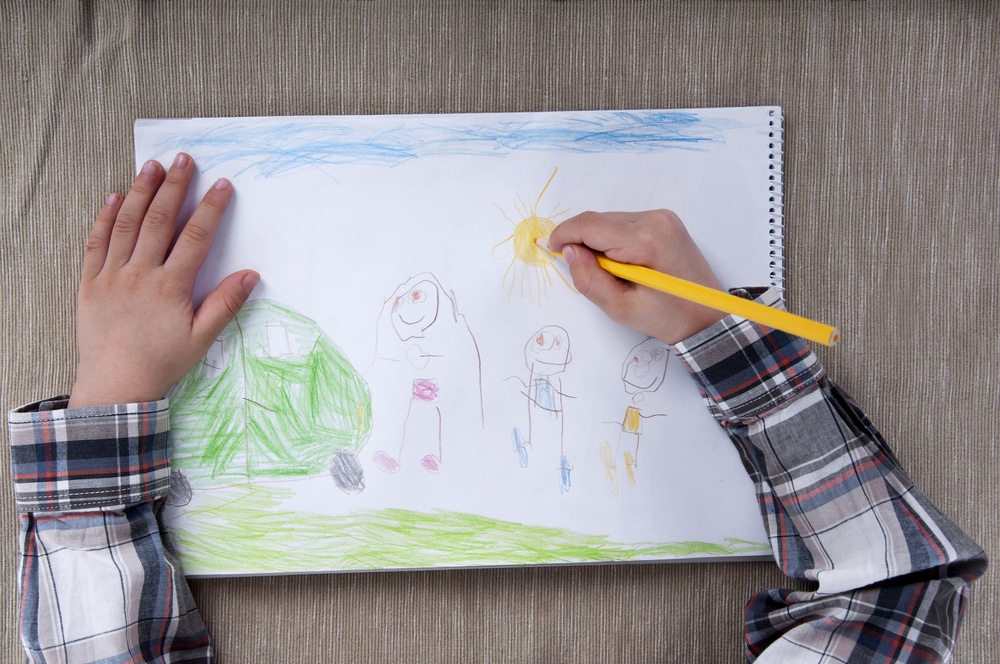
- Hasty and spontaneous: Asymmetry, overdrawn figures, irregular features
- Troubled and unsure: Grotesque figures, disproportionate heads, missing hands
- Introverted and timid: Arms are drawn close to the body, no facial expression for figures, short characters
- Distressed: Moody background and weather, missing eyes on figures, somber colors
- Resentful: Big limbs, teeth exposed, aggressive-looking eyes
Encourage The Creative Mindset Through Drawing
It’s one thing for you to understand your children’s drawings. At the same time, it is useful for them to express themselves this way, too! Art is limitless and for this reason, it is crucial to include it during children’s developmental stages. Some can struggle with saying what they mean, drawing is a valuable tool to help ease them into self-expression. Learning creativity this early on will be indispensable later in life as well. Did we mention that it’s fun for adults to participate in, too? Let us explain to you how!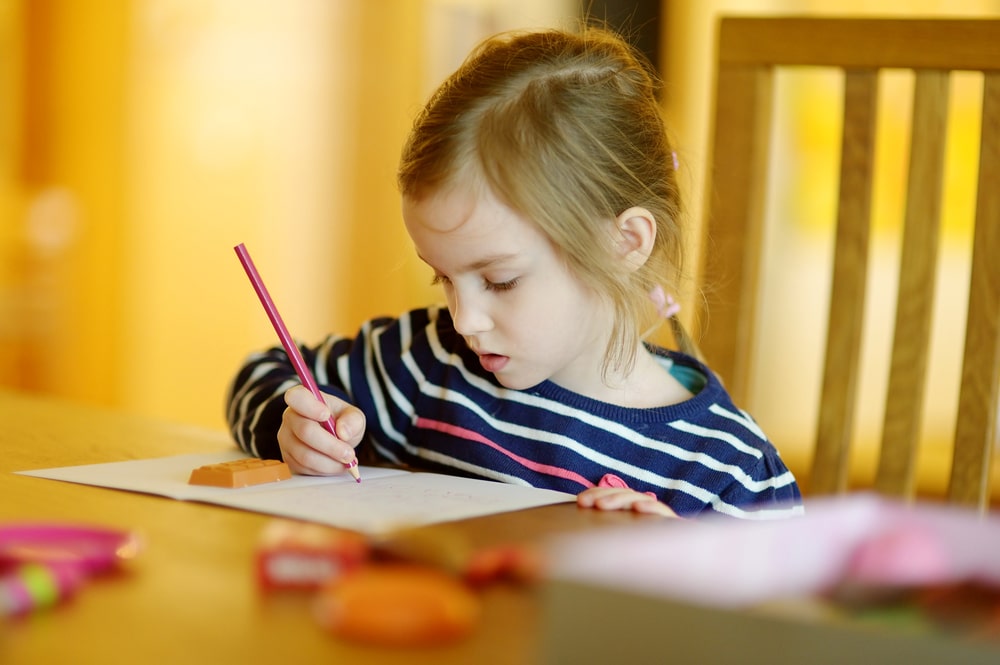
- Art should be fun, and a part of playtime. Always keep the tools of the trade on hand. It doesn’t matter if its crayons, watercolor paint or chalk, just keep offering multiple options to choose from! Keep a big sheet of paper handy, keep it fixed to the drawing table if necessary.
- Let the creativity flow. No need to explain to them how it’s done – just let them get creative and artsy! This will encourage an independent, artistic personality to develop.
- Compliment them the whole way. Be attentive while they are drawing, too, not just when they’re finished. Ask to be a part of choosing colors or offer to pose for a portrait!
- Let them express their strong emotions through drawing. If your child is in a state of anger or distress, let them know that they can make themselves feel better by portraying their feelings on a piece of paper. Just be there, that’s all that matters.
- Honor your child by displaying their artwork around the house. This is sure to motivate them to create more. You can even host an art gallery together – they will feel appreciated!
Advertisements


